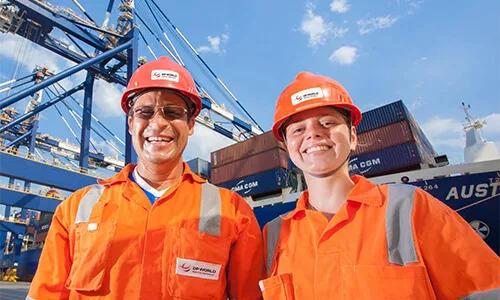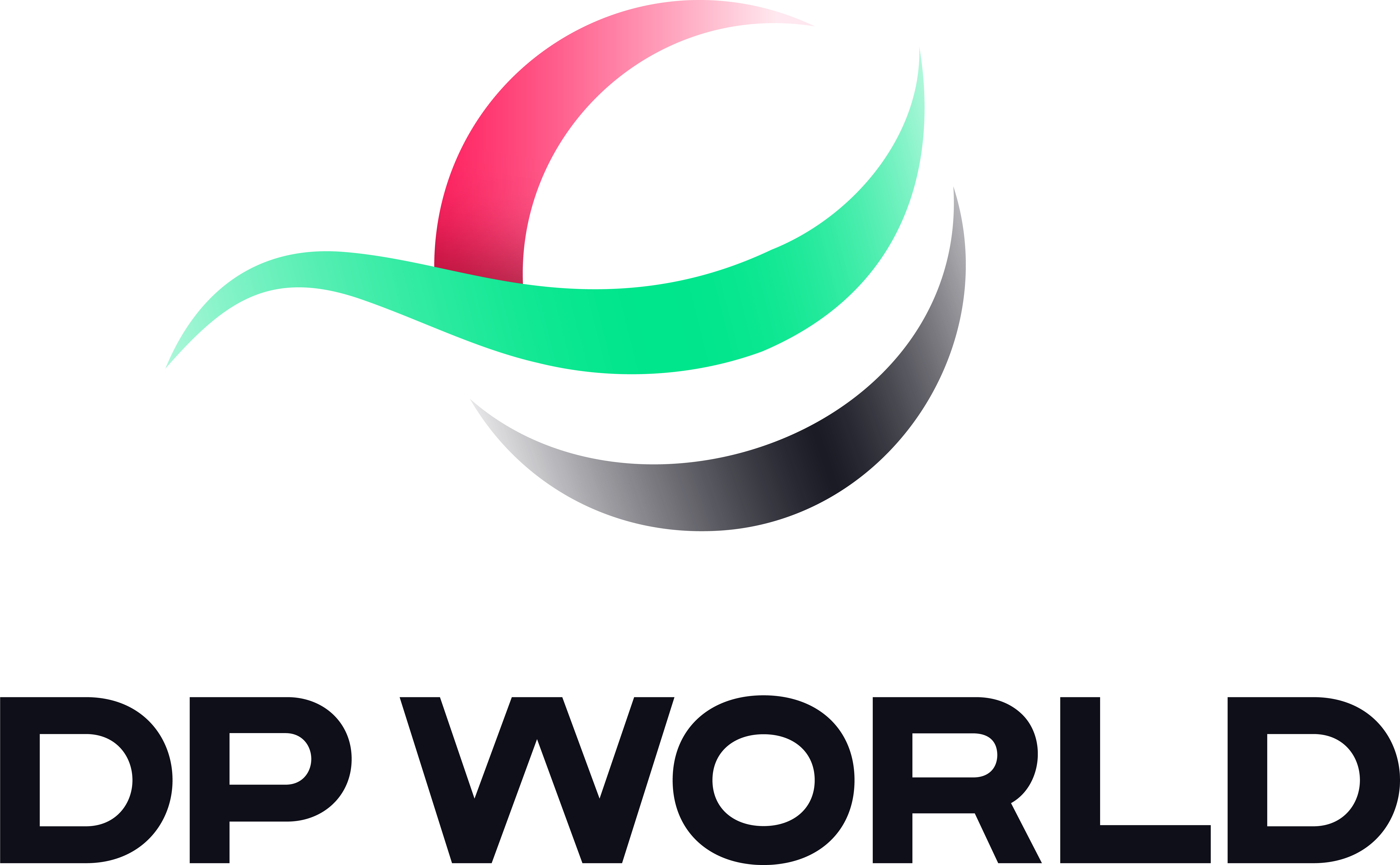A Fast EU Trade Route To Jump the Queue
Modernizing Romania’s Port of Constanta will speed up trade between the EU and Europe—and bring growth to Transylvania.

Originally published as part of the “Transforming Trade” custom content series with The Wall Street Journal. Click here to access the original article.
International trade is a success story for Türkiye, whose exports hit a record high of $254 billion in the past year. Forty percent of those goods go to countries in the European Union, and their traditional entry route is by road via Bulgaria.
But they’re not arriving fast enough. Taking cargo from Türkiye into EU countries on this route is increasingly problematic, with truck drivers stuck in queues as they approach the border. They can spend days waiting to cross, hampered by congestion, inadequate infrastructure and slow bureaucracy. Every driver must carry invoices for their cargo, insurance documents, an export declaration and a transport permit for every EU nation they will drive through, all of which are individually checked.
“In normal circumstances, each truck can lose a full day on the border,” says Duygu Can, general manager of logistics provider P&O Ferrymasters in Türkiye. “But in high season from September to December, queues can reach 30 to 35 kilometers (18 to 22 miles), and then it takes three or four days to cross.”
The biggest impact of this is on companies’ production schedules, she adds. In order to prevent these costly delays, producers double up on drivers to deliver goods or parts on time, or, in urgent cases, resort to airfreight solutions, which puts an additional strain on their budget.
Further pressure in meeting delivery deadlines comes from a shortage of truck drivers in Europe—a shortfall of 11% last year, according to an industry report—due to an aging workforce, a talent gap and the negative perception of a job that can mean long hours, challenging work conditions and extended periods away from home.
“Driver shortage is a significant problem,” says Can, “and most of the transport companies in Europe right now are addressing it by trying to use combined multimodal solutions and decrease driving distances.”
New route solution
The implications of these pressure points for the logistics sector are critical, says Kris Adams, CEO, DP World Yarimca in Türkiye “They can have negative effects on every stage of the supply chain: Suppliers are at risk of not delivering products of the expected quality, on time and stock shortages can occur. As well as putting production processes at risk, it also affects customer satisfaction, which can reduce customer loyalty and potentially cause businesses to lose their competitive edge in a highly competitive market.”
The establishment of new trade routes can foster cultural and social interactions.
Kris Adams, CEO, DP World Yarimca
The prospect of a new transit hub in Romania, connecting the EU to Eastern and Central Europe with the aim of optimizing existing trade routes and diversifying transport options, is a possible solution to this supply-chain disruption.
“The idea emerged as a result of combined economic, geographical and strategic considerations,” says CEO of DP World Constanta, Cosmin Carstea. “Romania’s location at the crossroads of Eastern and Western Europe, and its proximity to both Türkiye and EU member states, makes it an attractive location for facilitating trade and transportation between these regions.”
A new passage also has the potential to boost trade and economic growth in the locality, he adds, which could lead to the growth of local businesses, increased income levels, job creation and greater economic activity. “Its benefits, in terms of economic gains and improved logistics efficiency, likely played a role in considering this option.”
Positive change
Romania has traditionally ranked among the worst countries in the EU for transport infrastructure, but positive change appears to be coming. Last year, the Romanian government signed an agreement with Dubai’s Ports, Customs and Free Zone Corporation and DP World to develop new infrastructure at the Port of Constanta, the largest port on the Black Sea coast.
A significant part of this modernization will be DP World’s innovative roll-on, roll-off terminal, linked to the road and rail network of Central and Eastern Europe. By diverting road traffic to a combination of maritime, rail and road transport DP World aims to develop in Constanta a gateway for trade with Türkiye and other Eastern or Central European countries, and simultaneously ease congestion and reduce delays for truck drivers.
The creation of the new terminal in Costanta could also enhance living standards for people in Eastern Europe region. Carstea says, “Increased trade volumes can lead to higher customs duties, fees and other revenue sources. This revenue can help fund public services such as healthcare, education and social services. Moreover, the establishment of new trade routes can foster cultural and social interactions, strengthening connections between different regions and communities.”

